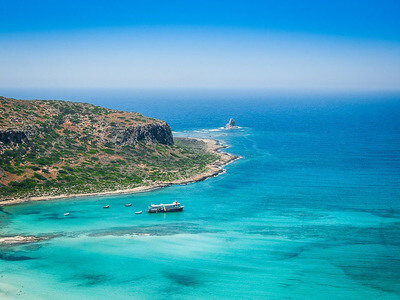Thrace
The Best Crete Castles
Crete in antiquity was not threatened by external enemies. The first enemy who conquered Island was Roman empire. So, until then, the fortification of the cities did not concern external but internal enemies. After the end of the Roman period (67 BC-330 AD) things changed radically. Crete joined the Eastern Roman State, evolved into the Byzantine Empire. Thus, due to its natural and geopolitical position, Crete has gained special importance and became an “apple of controversy” for the peoples of the Mediterranean, who began to gaze upon it for their own reasons.
The pirate raids began to thicken and the island’s seaside monasteries were fortified to protect themselves. A system of fortifications is developed on the coast and in the hinterland, and they manage to keep the invaders away for a few centuries. In 1206, Crete passed into the hands of the Genoans, who immediately gave special importance to the fortification of the island. Within a few years, three castles and 12 fortresses were built, but then the Venetians managed to occupy the island in 1209. The Venetian rule in Crete lasted 4.5 centuries and was based mainly on the colossal fortifications built by great engineers.
When the Turks succeeded in occupying Crete in 1669, after 22 years of siege, they strengthened their presence by improving the Venetian walls and building many small fortresses throughout the Cretan territory. The Turks maintained their fortifications until the end of their presence on the island. Even today, the visitor can get an idea of how the great cities of Crete were fortified, as their walls are preserved in perfect condition. The impressive castles in Chania, Rethymno and Heraklion and the impressive fortresses on the islands of Souda, Gramvousa and Spinalonga are only a few examples.


